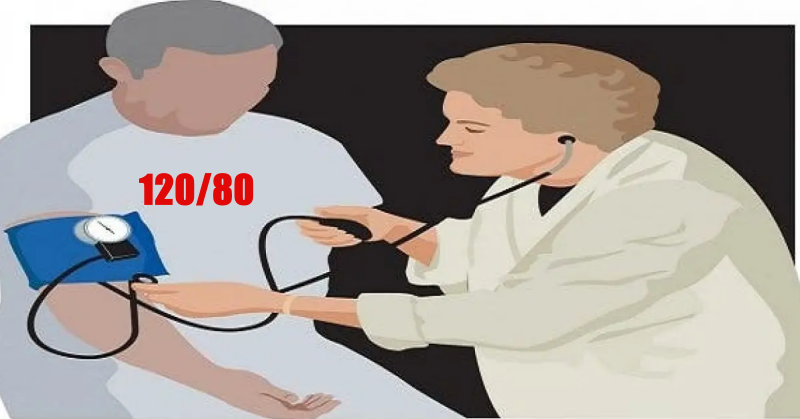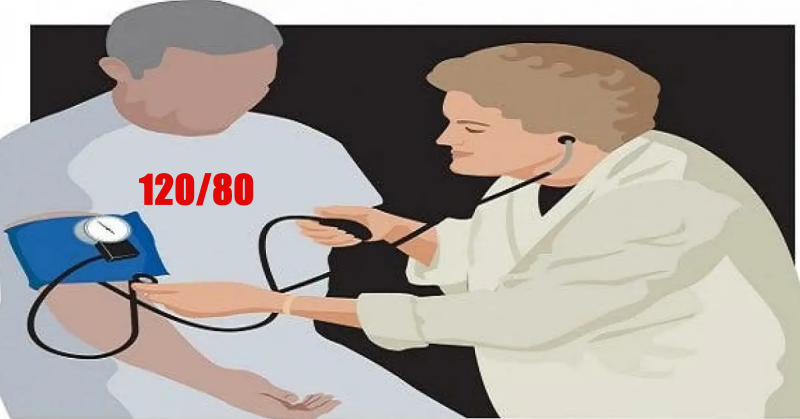Most people have grown up hearing that 120/80 is the “normal” blood pressure, but recent guidelines from the European Society of Cardiology (ESC) suggest otherwise. Let’s dive into what these new insights mean for your health.

According to HealthLine:
“When your doctor checks your blood pressure, it is expressed as two numbers: the upper number (systolic) and the lower number (diastolic). For example, 120/80 mm Hg describes a typical measurement.
The upper number (systolic) indicates the pressure in your arteries during the contraction of your heart muscle, while the lower number (diastolic) measures the pressure in your arteries when your heart muscle is resting between beats.
Both numbers are key indicators of your heart’s health.”
Recent studies reveal that the standard blood pressure is actually closer to 140 systolic and 90 diastolic. However, this doesn’t always apply to older adults or those with diabetes, for whom the maximum recommended blood pressure is 130 over 80.
Previously, a blood pressure of 139 over 89 was considered hypertensive, prompting many individuals to take medications to prevent strokes and heart attacks!
Low blood pressure is defined as having a systolic measurement below 90 mmHg and a diastolic measurement below 60 mmHg. A systolic measurement of 80 mmHg combined with a diastolic reading over 50 mmHg is dangerously low.
Generally, low blood pressure isn’t a health issue unless accompanied by symptoms like dizziness, headaches, and irregular heartbeats.
High blood pressure, or hypertension, can lead to serious health problems. Therefore, it is crucial to diagnose and manage it promptly and effectively.




